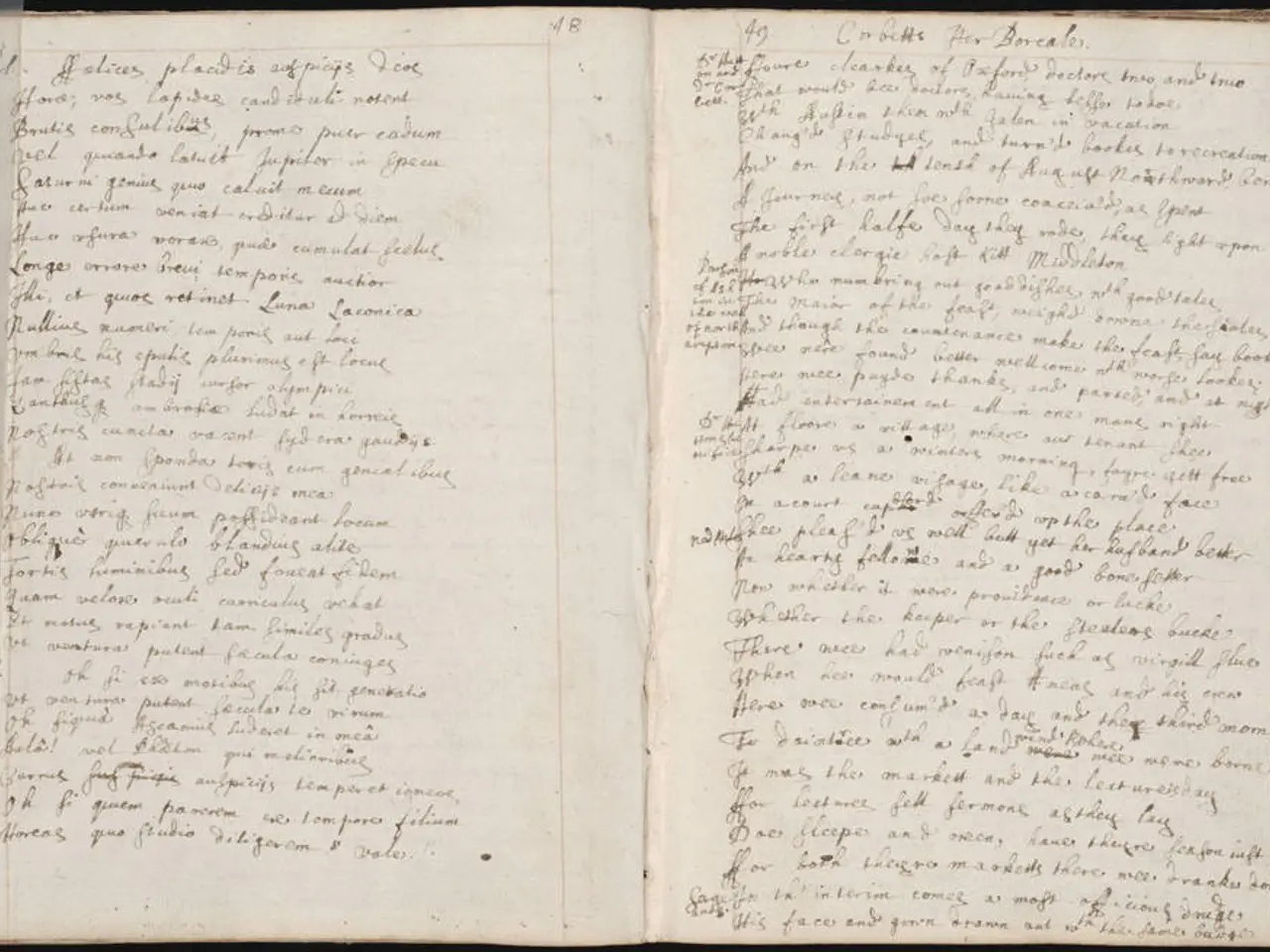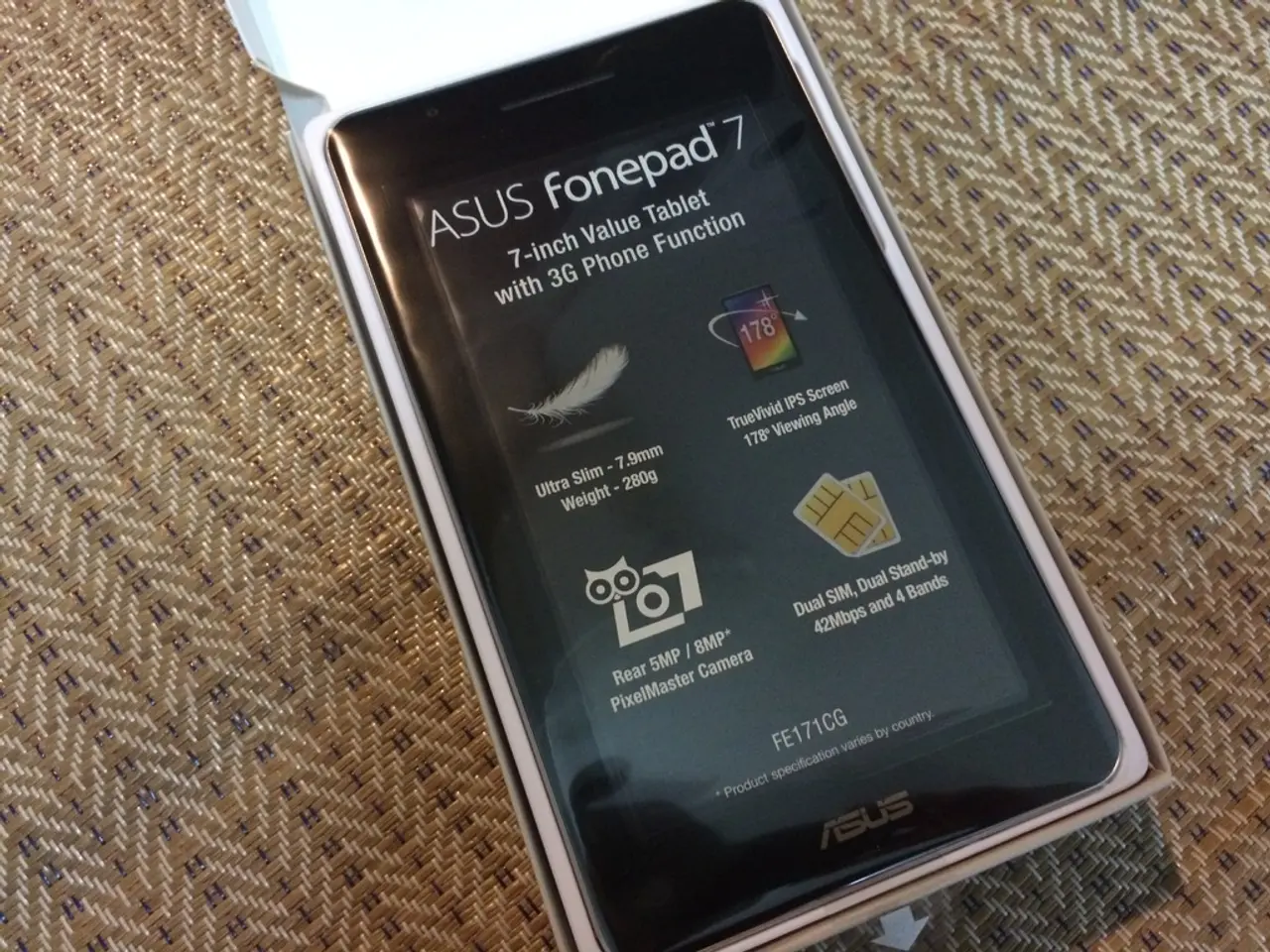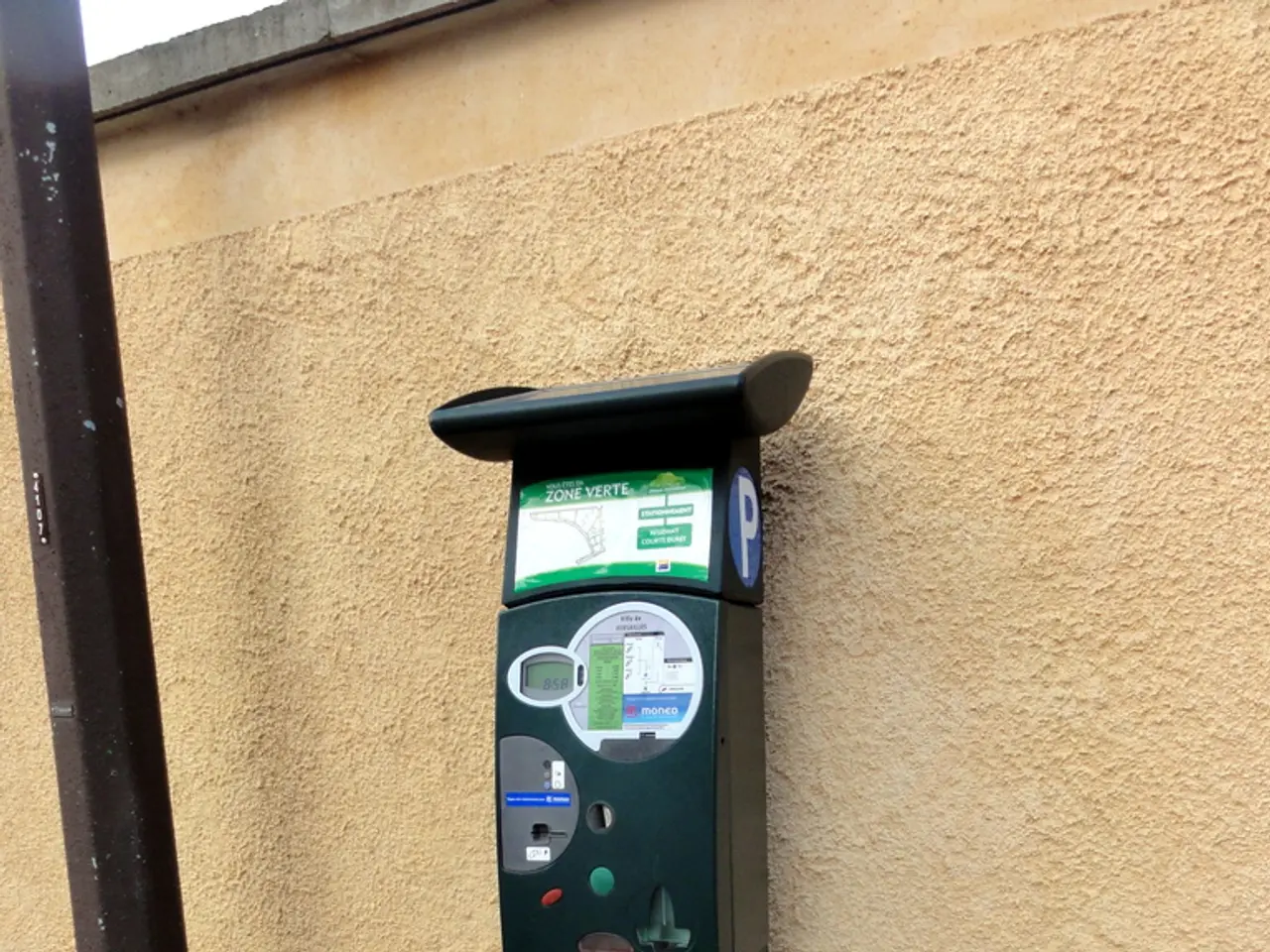Affordable Chart Plotter Construction with Raspberry Pi and Open Plotter Software
For sailors seeking an affordable and advanced marine navigation solution, a Raspberry Pi-based chart plotter with AIS capabilities offers an attractive option. This news article will outline the components required and the steps to set up the system.
Hardware
To build the chart plotter, you'll need the following hardware components:
- A Raspberry Pi (preferably Raspberry Pi 4 for better performance)
- A USB TV tuner capable of receiving AIS signals (VHF band)
- GPS receiver or module compatible with the Raspberry Pi
- Display screen suitable for marine use (touchscreen for convenience)
- Power supply and waterproof case/enclosure for marine environment
Software – OpenPlotter
OpenPlotter is a marine navigation operating system designed specifically for the Raspberry Pi and includes useful utilities and programs for sailors. To install OpenPlotter, follow these steps:
- Download and install the Raspberry Pi Imager from the official Raspberry Pi website.
- Download the Open Plotter zip file from the Open Plotter documentation website.
- Write Open Plotter onto a 64GB memory card using the Raspberry Pi Imager.
Once installed, OpenPlotter supports the USB TV tuner for AIS reception via software like that decodes AIS signals from the DVB-T dongle. It also integrates chart plotting software such as OpenCPN, which can handle a variety of chart formats.
AIS Setup
To set up AIS, use the USB DVB-T TV tuner dongle with software defined radio tools ( and related AIS decoding utilities). Configure OpenPlotter to use the DVB-T dongle to receive and decode AIS signals, integrating vessel information into the chart plotter display.
Additional Features for Advanced Use
OpenPlotter offers plugins for OpenCPN to display AIS targets, routes, navigation circles, etc., on charts. You can also set up NMEA data input/output for integrating other marine instruments (engine, tank sensors, depth sounder). Remote alerts and monitoring are possible if networked (WiFi or cellular).
Resources & Examples
AvNav (a free open-source navigation server compatible with Raspberry Pi) processes chart formats such as gemf and mbtiles, and supports displaying AIS information when integrated with appropriate receivers, providing offline and online chart access. YouTube tutorials show practical builds using OpenPlotter + Raspberry Pi for sailing electronics and chart plotting with AIS and GPS systems. Building a central marine computer on Raspberry Pi, integrating sensors and NMEA data with alerting functionality, complements the chart plotter system.
Summary of key steps
- Set up Raspberry Pi with OpenPlotter OS.
- Connect GPS and USB DVB-T dongle for AIS.
- Install and configure for AIS decoding.
- Download nautical charts (NOAA, OpenSeaMap).
- Use OpenCPN or AvNav for chart display and route planning.
- Optionally add other sensors via NMEA integration.
By combining Raspberry Pi running OpenPlotter with a USB TV tuner for AIS reception and free nautical charts downloaded and converted appropriately, you get a powerful, customizable, and affordable chart plotter system suitable for many marine navigation needs.
Incorporating gadgets like a USB TV tuner and a GPS receiver with technology such as OpenPlotter software can elevate the Raspberry Pi-based chart plotter, enhancing its AIS capabilities for advanced marine navigation. To build this system, you'll need navigation-friendly gadgets such as a touchscreen display, a waterproof case, and a suitable USB DVB-T TV tuner for AIS reception.




